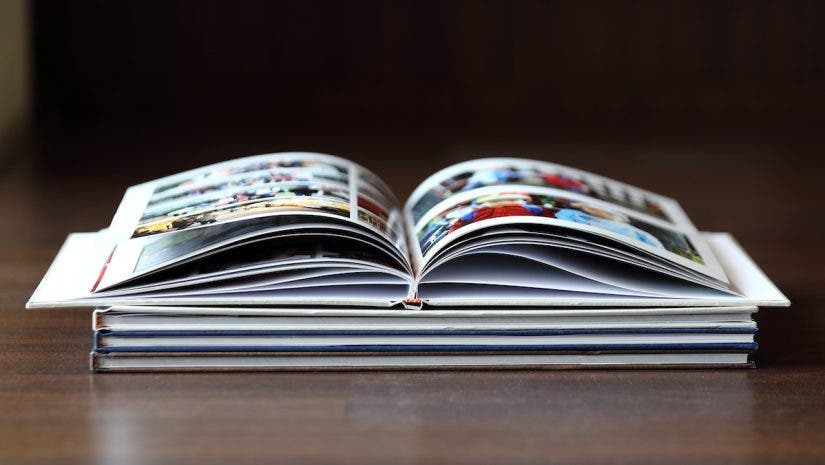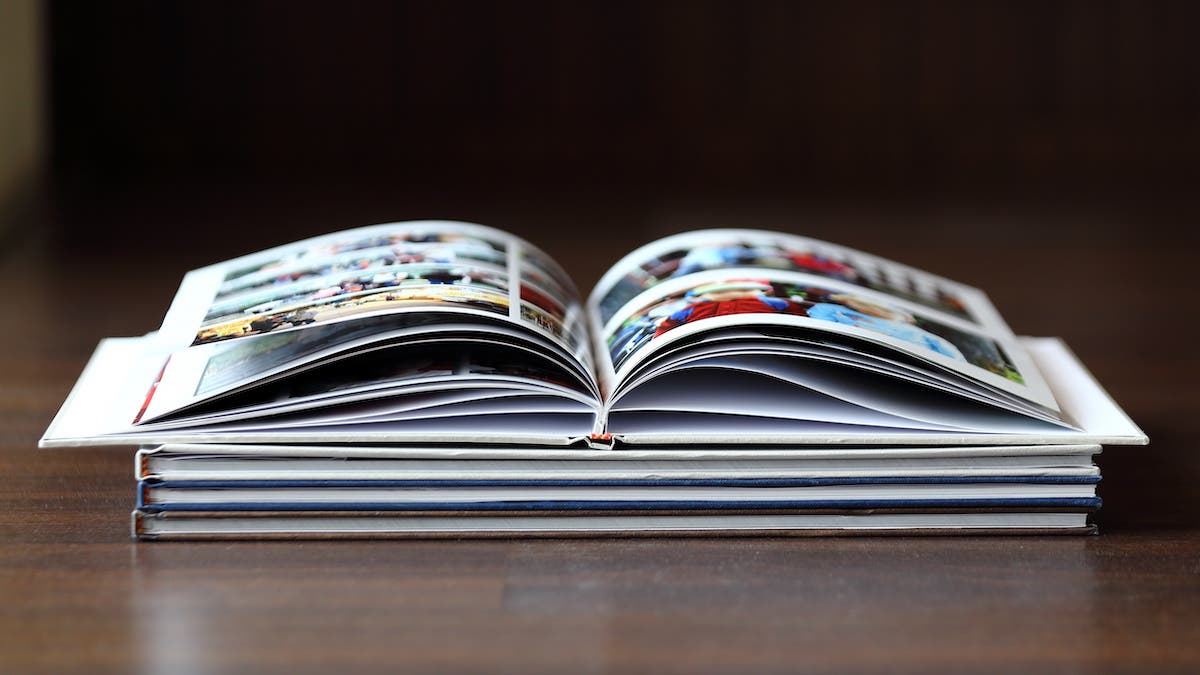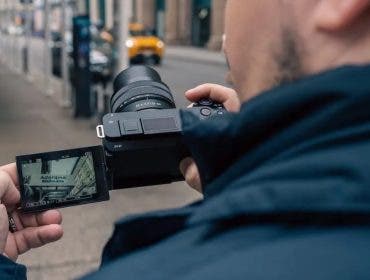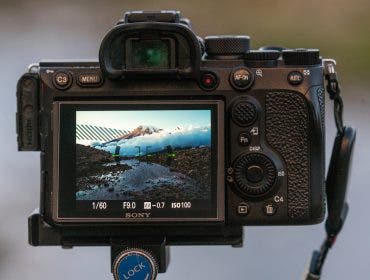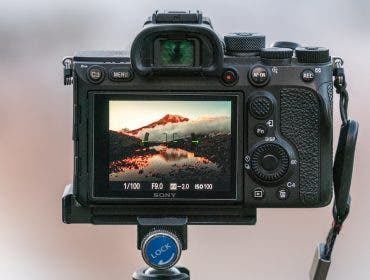Choosing photos for a coffee table book involves careful consideration to create a visually appealing and cohesive collection. Your coffee table book is a work of art. Taking the time to carefully curate your photos, maintain a consistent theme, and combine a variety of high-resolution images will result in a captivating and visually striking book that you will enjoy for years to come.
Choosing Photos for Your Coffee Table Book
Here’s a rough guide to help you choose the right photos for your coffee table book, highlighting the importance of a consistent theme, high-resolution images, and a good variety:
Define Your Theme
Decide on a clear and compelling theme for your coffee table book. It can revolve around a specific subject, such as travel, nature, art, or personal experiences. Defining a clear and engaging theme for your coffee table book is a foundational step that sets the tone for the entire project.
Choose a theme that resonates with your passion and interests. Your enthusiasm will come through in the final product, making it more engaging for yourself and readers. A specific and focused theme is often more compelling than a broad one. For example, instead of “Travel,” you can narrow it down to “Hidden Gems of Europe.”
Curate High-Resolution Images
High-resolution images are essential for a visually stunning coffee table book. Choose photos with a resolution of at least 300 dpi (dots per inch) to ensure crisp printing. High-quality images enhance the overall impression of your book and showcase the details and textures of your subjects.
Balance Variety and Cohesion
While maintaining a consistent theme, aim for variety in your photo selection. Include different perspectives, angles, and subjects that showcase the depth of your theme. Balance is key. Ensure that the images work together visually without overwhelming the viewer.
Organize your photos in a way that tells a narrative. Consider arranging them chronologically, thematically, or with a specific visual progression. A well-structured story keeps readers engaged and encourages them to explore the book from cover to cover.
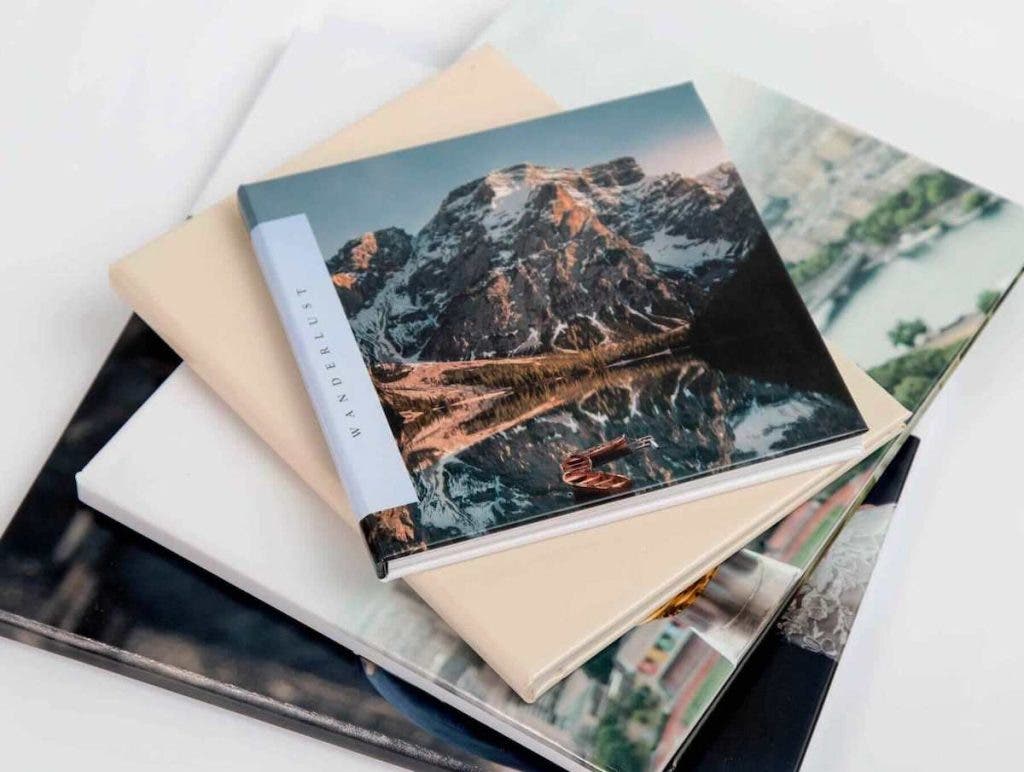
Choose a Book Shape and Size
Selecting the right shape and size for a coffee table book is a crucial decision that significantly impacts its visual appeal, usability, and overall impression. Different orientations — such as square, horizontal, and vertical — offer distinct advantages and considerations.
First, consider how readers will interact with the book. A comfortable size and shape make it easy to handle, browse through, and enjoy the content. The orientation can affect the flow of your book’s narrative. Consider how images will transition from page to page and how the orientation supports your theme.
Finally, understand your target audience’s preferences. Some readers may prefer a specific orientation based on their reading habits and tastes. Here are some general insights into different orientation options:
Square
A square coffee table book offers a balanced and versatile canvas. It suits various subjects and allows for creative layouts. It’s best for showcasing symmetry, art, and themes that work well within a symmetrical framework.
Horizontal (Landscape)
A horizontal orientation emphasizes width and is great for displaying panoramic views, landscapes, and scenes with strong horizontal elements. It’s particularly effective for subjects that benefit from a broader visual context.
Vertical (Portrait)
Vertical coffee table books are well-suited for portraits, tall subjects, and compositions with strong vertical lines. They can be visually striking and are a good choice for themes that benefit from a sense of height.
The choice of shape and size for a coffee table book is more than just a design decision. It affects the book’s functionality, aesthetics, and how readers experience its content. Consider your theme, the type of images you’ll use, your target audience, and where the book will be displayed. By thoughtfully selecting the correct book shape and size, you can create a visually captivating and engaging coffee table book that resonates with your readers.
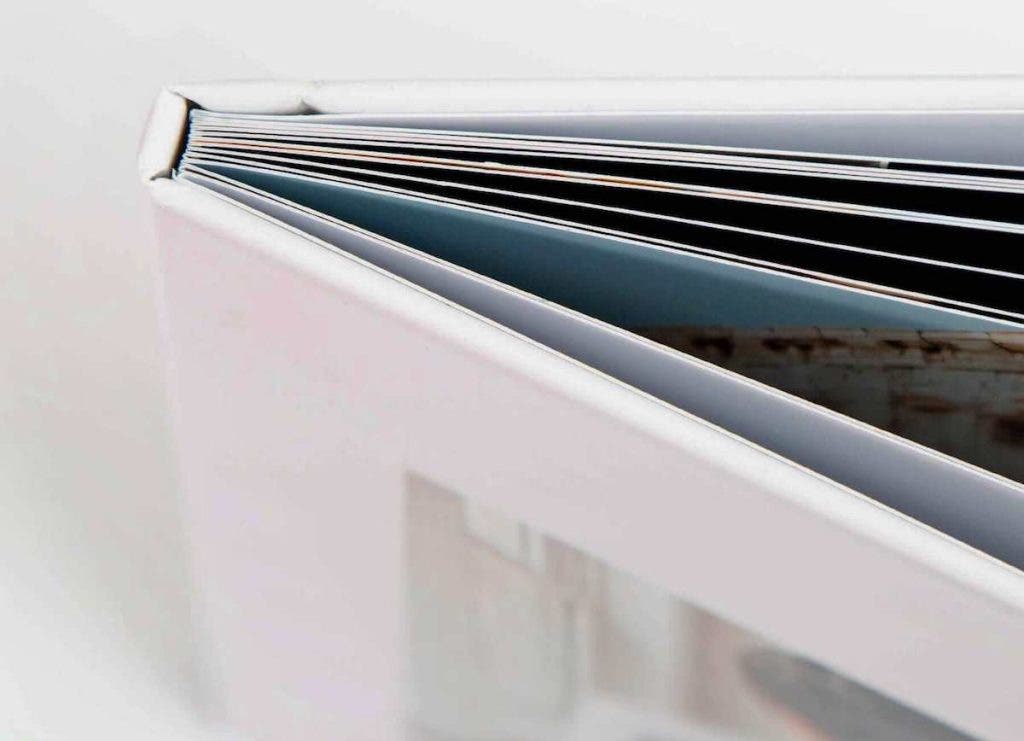
Choose a Type of Paper
When choosing the type of paper, consider the content of your coffee table book. For example, glossy or luster paper might be ideal for vibrant travel photos, while deep matte paper could enhance the elegance of an art-focused book.
Reflect on where the book will be displayed. Glossy paper might work well in controlled lighting, while matte options can reduce glare in various environments. Here’s an overview of various paper types available at Printique for coffee table books and why you might choose one over another:
Luster Paper
Luster paper strikes a balance between glossy and matte finishes. It has a slight sheen that enhances color vibrancy while reducing glare. This is suitable for coffee table books with a variety of subjects, especially photographs where color and detail are important. It offers a classic look that’s versatile and visually appealing.
Glossy Paper
Glossy paper provides a high-gloss finish that creates vibrant, sharp images with rich colors. This is ideal for showcasing high-impact and detailed images, such as art photography or images with high contrast. It offers a polished and eye-catching appearance but can be prone to glare under certain lighting conditions.
Deep Matte Paper
Deep matte paper has a smooth, non-reflective surface that creates a soft and elegant look. It is well-suited for coffee table books focusing on fine art or subjects where a subdued and sophisticated presentation is desired. It minimizes reflections and fingerprints, providing a tactile and luxurious reading experience.
Linen Paper
Linen paper is a textured surface added to Luster paper that resembles linen fabric, adding depth and tactile appeal. It is often chosen for books with a vintage or rustic theme, as the texture complements such aesthetics.
Pebble Paper
Pebble paper is a textured surface added to Luster paper that resembles the surface of pebbles or small stones. It adds a tactile and organic quality to images, making it suitable for nature-themed books or projects with an earthy feel.
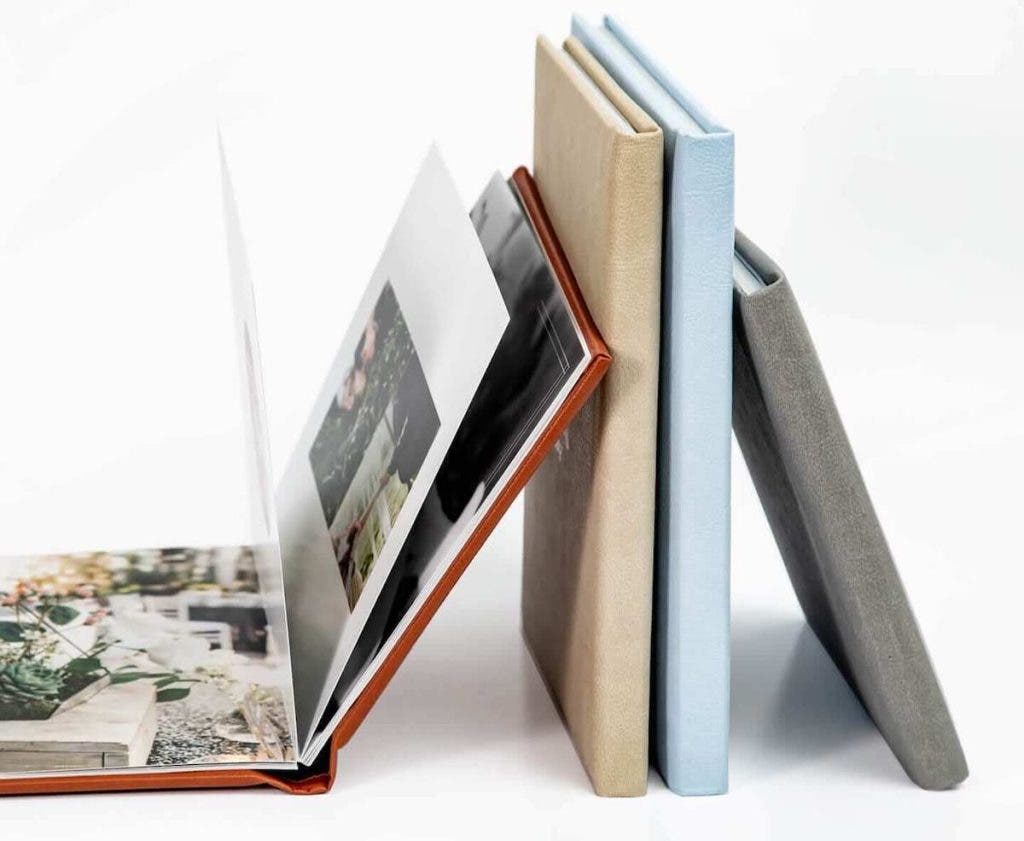
Choose a Type of Cover
The cover of a coffee table book is not just its protective layer but also a significant aesthetic and tactile component that sets the tone for the entire reading experience. Different cover types offer unique looks, textures, and durability. Here’s an overview of various cover types available at Printique for coffee table books and why you might choose one over another:
Hardcover
Hardcover, also known as casebound, is a durable and classic option. It provides a solid and sturdy cover that protects the book’s pages. Hardcovers are well-suited for coffee table books that are meant to be cherished and endure over time, such as art collections or family photo albums. It offers a professional and substantial appearance that conveys a sense of value.
Leather Cover
A leather cover exudes luxury and sophistication. It is ideal for projects aiming for a high-end presentation, such as limited editions, commemorative books, or historical compilations. The tactile nature of leather adds a sense of elegance and exclusivity to the book.
Fabric Cover
Fabric covers provide a soft and tactile feel, often with a textured or woven surface. It is suitable for coffee table books with a cozy or personal theme, as well as those aiming for a vintage or handmade appearance. It is a warm and inviting aesthetic that resonates with certain audiences.
Softcover (Paperback)
Softcover books have a flexible paper cover that’s lighter and more affordable than hardcovers. It’s well-suited for projects where cost-effectiveness is important or for books with a higher circulation that may be distributed more widely. It provides a more casual and approachable look, making it suitable for a range of subjects.
Mini Cover
Mini coffee table books are compact and often focus on a specific theme or subject. This is ideal for travel books, art portfolios, or collections of quotes, where a smaller format enhances portability and accessibility. Mini covers maintain the visual and tactile appeal of their larger counterparts but in a more convenient size.
To make your own coffee table book today, visit Printique today.
Creating a coffee table book is an immersive journey where words and images weave together. It’s a canvas for creativity, allowing themes and emotions to unfurl. Designing layouts, selecting paper, and crafting covers culminate in a tangible masterpiece, ready to evoke wonder, share stories, and spark conversations.
